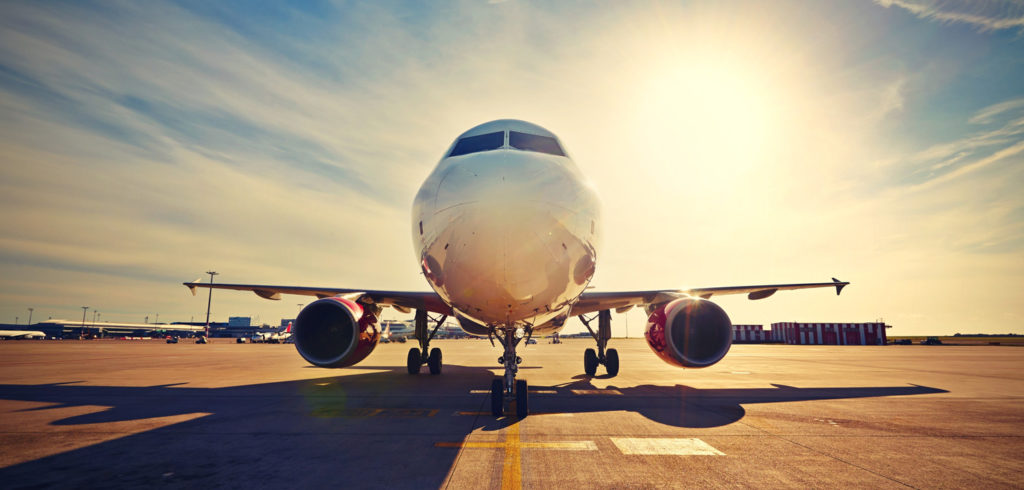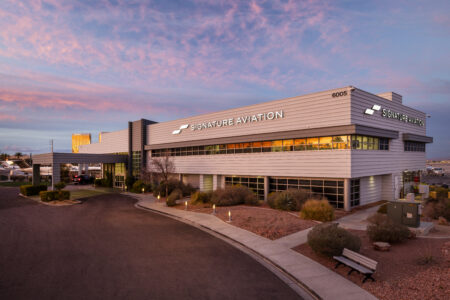The US aviation division of Gama Aviation has become one of the first business aviation operators to receive Third Country Operator (TCO) authorization from the European Aviation Safety Agency (EASA).
The TCO authorization was introduced by EASA in May 2014 and comes into force this November. The authorization allows operators from outside the EU to obtain single safety authorization for any commercial air transport (CAT) operations into, within or out of any of the 28 EU member countries, as well as EU overseas territories and four European Free Trade Association states.
Jason Oakland, operations supervisor at Gama Aviation’s US aviation division, commented, “We’re pleased to have become one of the first recipients of EASA TCO authorization. The authorization relieves commercial operators from the rather onerous process of applying for access into each of the EU participating states individually, which should speed up the process when applying for permits. We expect this to greatly benefit our clients – many of whom will make regular inter-city business trips across Europe.”
The European approach to the authorization of third country operators will essentially consist of a validation of the Air Operator Certificate (AOC) issued to a foreign air operator by its state’s competent aviation authority. EASA will validate the foreign AOC by issuing an EASA TCO authorization document accompanied by technical specifications, setting out the scope of operations authorized in the EU.
Gama Aviation is also advising smaller operators and owners on how to comply with EASA Part-NCC2 which, from August 25, 2016, will require operators of many business aircraft to follow the same essential requirements as commercial air transport operators.
The rules are proportionate – instead of holding an AOC, operators based in an EASA state must submit a declaration about their operation, and have operation manuals and management systems in place. However, many aircraft owners or operators are unprepared for changes which, according to recent industry research by WINGX, could affect as many as 75% of the fleet of 6,100 business aircraft principally operating in EASA states.
Duncan Daines, chief marketing officer, Gama Aviation, said, “We feel there is still a great deal of uncertainty in the industry regarding the new regulations with some confusion over how they are going to be applied. We have the experience and depth of resource within our team to provide advice to smaller operators and aircraft owners which will ensure they are fully compliant with the new requirements and won’t see their operations grounded come August.”




